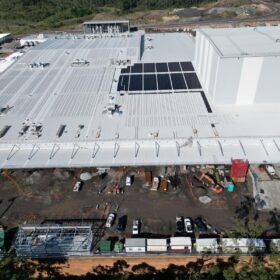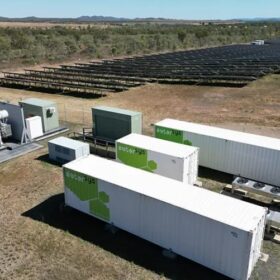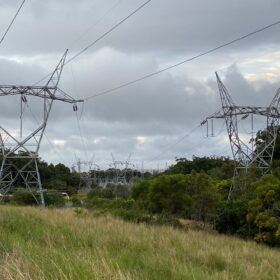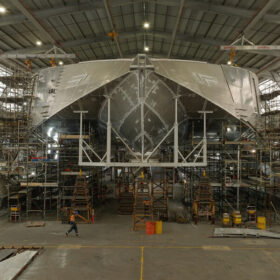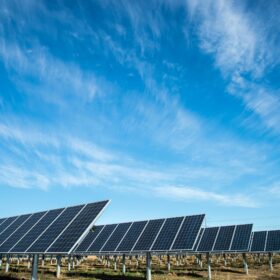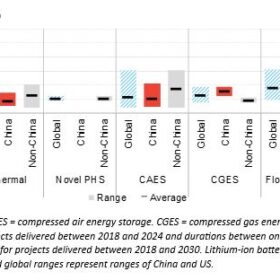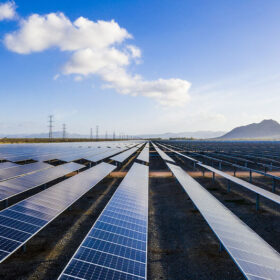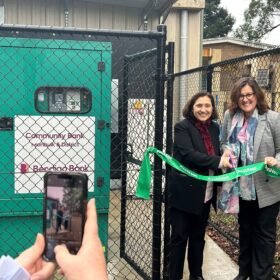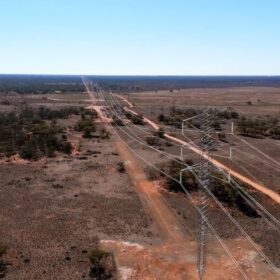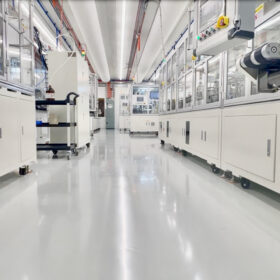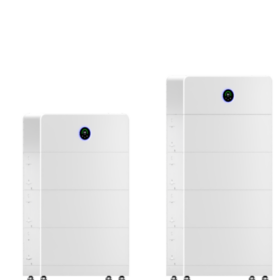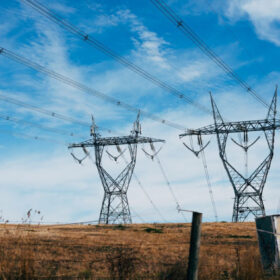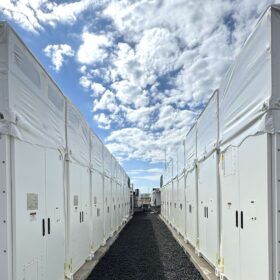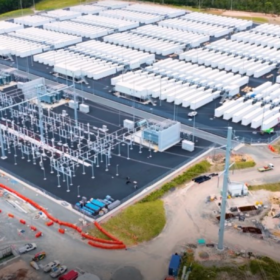Drinks manufacturer to harness solar power at Queensland facility
International beverage company Suntory Oceania has started work on a 3.2 MW rooftop solar install that will help power its new $400 million manufacturing and distribution facility in Queensland.
Australia’s first large-scale solar and storage plant up for sale
Australia’s first large-scale solar and big battery storage installation – the Lakeland project in far north Queensland – has been placed on the sales block with MPower announcing it will use the proceeds to further expand its portfolio of PV and battery storage projects.
‘Spilling’ excess power expected – and efficient
In Australia’s electricity system, more and more energy from sunlight and wind is being “spilled” – or not converted to electricity. In the past year, the amount of renewable energy spilled was roughly equivalent to the annual consumption of 750,000 typical households, or three months of consumption for the state of South Australia. Some have attributed these dynamics as being driven by a “solar power glut”.
Tasmanian shipbuilder inks European partnerships to build all-electric ferries
Tasmanian shipbuilder Incat will team with two European companies to test the waters on building 100% battery-electric powered passenger and car ferries as part of a push to help decarbonise the maritime transport sector.
National renewables tender design emphasises social licence factors
Social licence commitments have been prioritised over commercial operation dates in the guidelines for Australia’s first national renewable electricity generation tender that is seeking to deliver 6 GW of renewable capacity across the National Electricity Market.
Long-duration energy storage poised to outcompete lithium-ion batteries
While most long-duration energy storage (LDES) technologies are still early stage and costly compared to lithium-ion batteries, some have already, or are, set to achieve lower costs for longer durations, finds BloombergNEF.
Palisade secures new financing for Intera renewables push
Australian infrastructure asset manager Palisade Investment Partners has secured $258 million in new debt financing to back the further expansion of its gigawatt-scale renewable energy platform.
Victorian town turns to solar and storage for energy security
A solar-powered microgrid has been launched in the Victorian town of Monbulk as part of a $7.5 million state government program designed to better protect communities in fire and storm-prone areas against prolonged blackouts caused by extreme weather events.
Transgrid reaches milestone on $2.3 billion interstate transmission project
Construction of Australia’s largest energy transmission project is progressing with Transgrid announcing that the first of four lines has been completed as part of the 900-kilometre EnergyConnect infrastructure project that will link power grids across three states.
CEFC urged to pick up pace with household energy upgrades fund
The federal government has been urged to pick up the pace after the Clean Energy Finance Corporation opened the purse strings on a $1 billion fund that is to support cheaper finance for rooftop solar, home batteries and other energy efficiency upgrades for Australian homes.
